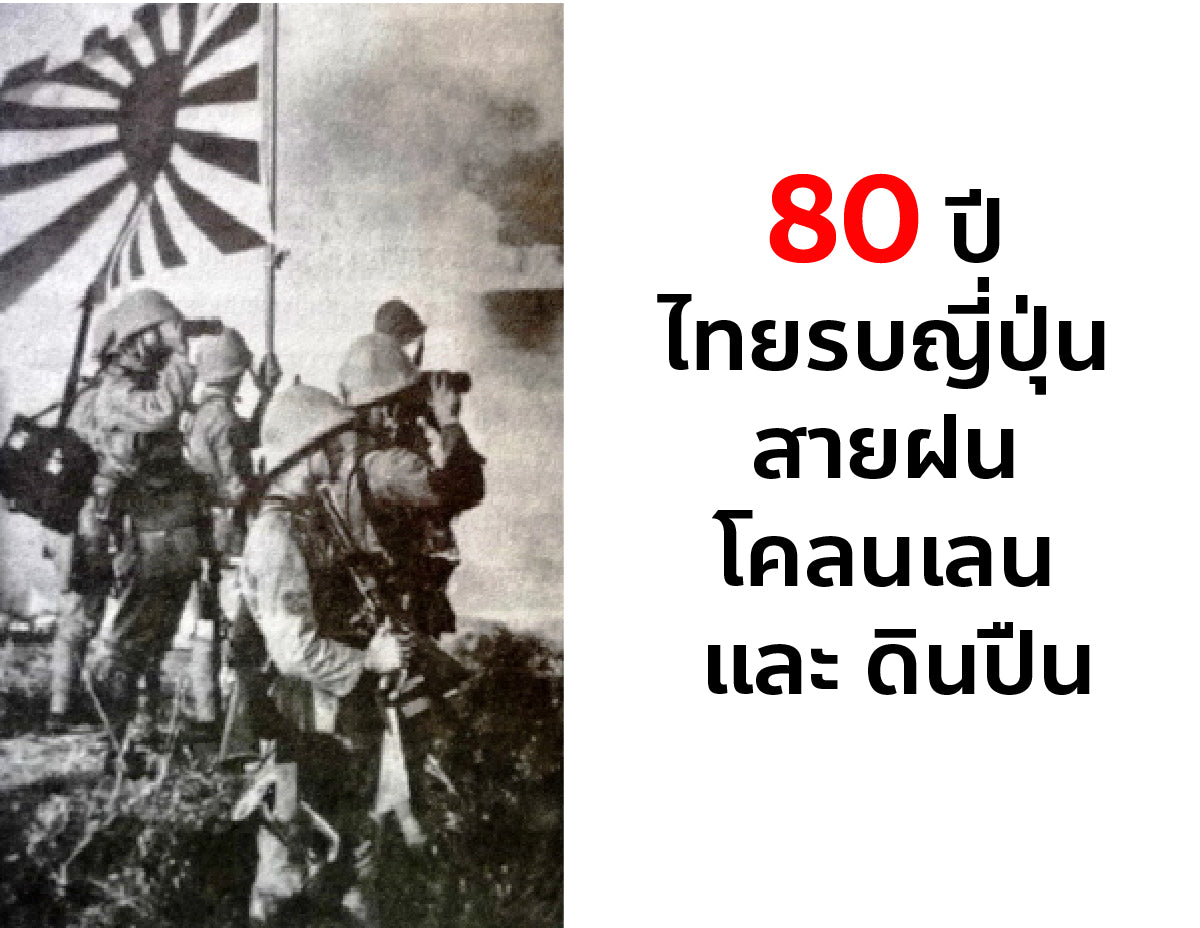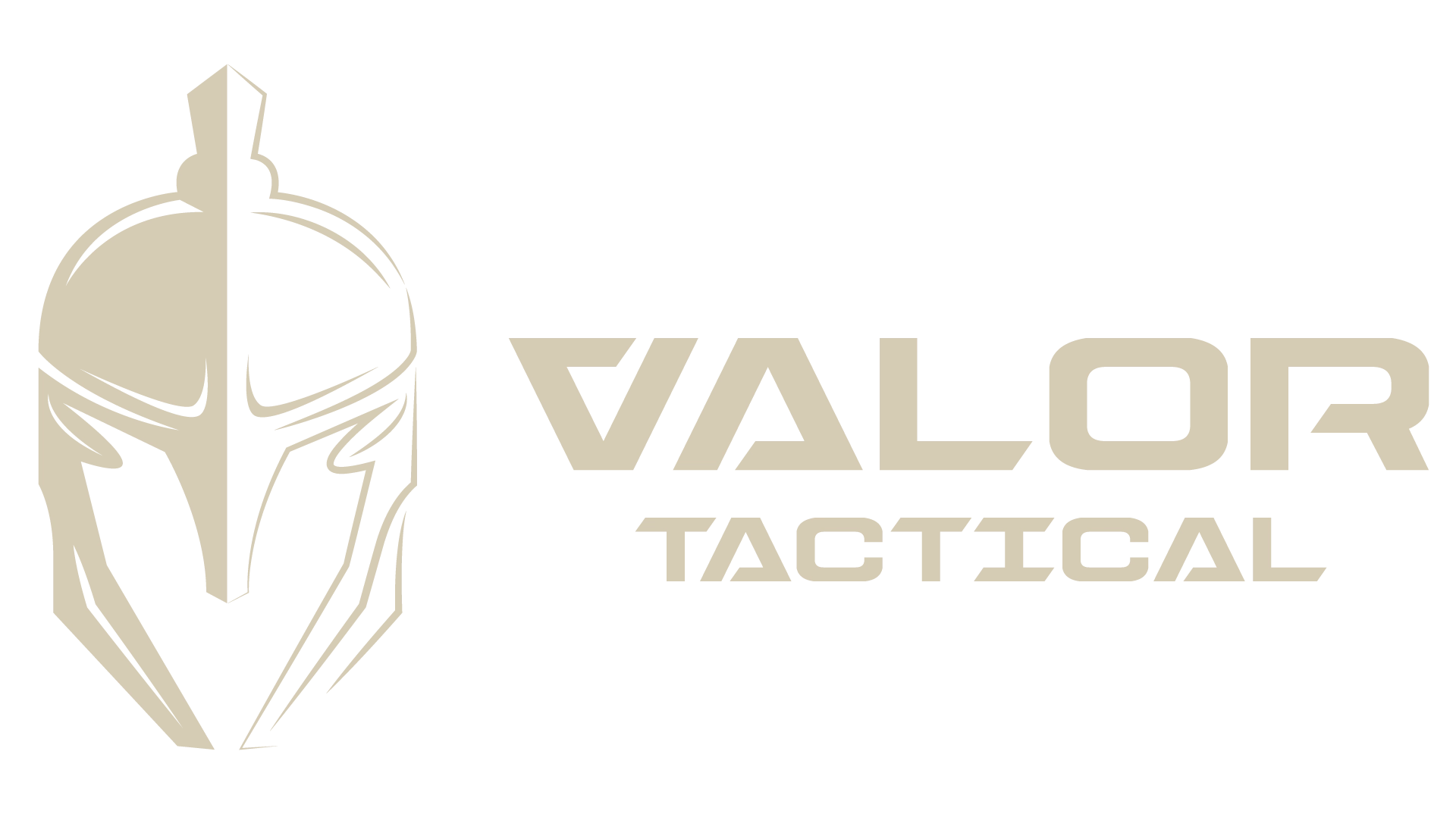80 years of Thai fighting Japan: rain, mud, and gunpowder
At the beginning of December 1941, all parts of Thailand at that time were filled with an atmosphere of preparation for the Constitution Day celebration, which would take place on December 10, amidst the current of World War II that was starting to creep closer to Thailand at all times. The general situation on the evening of December 7, 1941, government and private agencies continued to operate as usual, with rehearsals, ceremonies, marches, and performances. No one was worried or thinking about the war at all. No one thought that the great friends who had a non-aggression agreement would have dishonest thoughts.

In fact, the amphibious landing in Thailand was already part of Japan's plan from the beginning. Because if Japan wanted to seize Malaysia, Singapore, and Burma, marching through Thailand by land would be easier than attacking from the sea. The Japanese army planned and organized its forces for the invasion outside the country during 1941-1942 as follows:
- Four divisions of the 25th Army from South China and Indochina landed along the southern coast of Thailand, from Prachuap Khiri Khan, Chumphon, Surat Thani, Nakhon Si Thammarat, Songkhla, Pattani and Kota Bharu. This force will be tasked with attacking Malaysia and Singapore.
- Two divisions from the 15th Army in Indochina (entering via Aranyaprathet) would be tasked with seizing Thailand and then marching through to attack Burma.
- One division from the 23rd Army seized Hong Kong.
- Two divisions of the 24th Army from Formosa and Balau Island invaded the Philippines.
- The Imperial Navy's sub-force seized Guam, Wake Island, and Makin Island.
- The Imperial Navy's aircraft carrier strikes the U.S. naval bases of Pearl Harbor and the island of Oahu in Hawaii.
- Two Army Aviation Divisions prepare approximately 700 combat-ready aircraft to support Operations 1-4.
- In addition to directly operating in Sections 5 and 6, the Imperial Navy also provides warships and aircraft to support operations in Sections 1-4 (approximately 550 aircraft, 90 warships of various types).
From the information, it can be seen that Japan sent 6 divisions to attack Thailand. This is considered that Thailand has quite a bit of weight to carry. But I must first say that the real goal of Japan sending troops was to attack Burma, Singapore, and Malaysia. Thailand was not the main target (but if Thailand did not allow the army to pass through properly, that would be another story). Now Japan is fully prepared to open the war.

December 6, 1941
Royal Australian Air Force long-range surveillance aircraft have detected a large Japanese fleet off Vietnam, consisting of transports, battleships, cruisers and destroyers. The fleet departed from Haiphong and Cam Rham ports and continued south.
December 7, 1941
Royal Thai Navy submarines and torpedo boats detected the Japanese fleet from a distance but did not engage due to orders from higher command to avoid confrontation.
In the early morning of December 8, 1941, the Japanese Army and Navy launched a massive simultaneous attack on every point in the Asia-Pacific and Southeast Asia, from Pearl Harbor, the Philippines, Hong Kong, Java, Borneo, and Thailand.
December 7, 1941 at 10:30 p.m. Bangkok, Thailand, a few hours before the landing.
Teiji Tsubokami, the Japanese Ambassador, requested to meet with Mr. Direk Chayanaam, the Minister of Foreign Affairs, to inform them that the Japanese army had requested to march through Thailand. However, at that time, the Thai government could not give an answer on this matter because Field Marshal P. Pibulsongkram, the Prime Minister, was not in Bangkok and could not be contacted. However, Japan did not want to wait, so Tsubokami, the Japanese Ambassador, gave the Thai government an ultimatum that if they did not receive a clear answer by 10:00 a.m. on December 8, the Japanese army would attack immediately. While they were negotiating, the Japanese army was already close to the Thai border and began the amphibious operation as planned at 2:00 a.m.

Thapae Battlefield, Nakhon Si Thammarat
The storm had been heavy since 3 am. Major General Luang Senanarong, Commander of the 6th Infantry Division in Nakhon Si Thammarat Province, received an urgent telegram from Songkhla Province stating that a large fleet of Japanese ships had been detected entering Songkhla Bay in the area of Koh Nu and Koh Maew, and that they had landed and taken control of government offices and the area of Samira Beach. A few minutes later, the lone bugle stationed at the 6th Infantry Division’s garrison rang out to announce an important incident. Officers and sergeants ran around to dress up, prepare their weapons, and then gather at the assembly point.
While he was preparing his men and weapons, Major General Luang Senanarong received a report that the Japanese army had transported troops onto flat-bottomed boats and sailed along the Tha Pae Canal, with the goal of capturing Tha Pae Market. If it were today, it would be a complete disaster because Tha Pae Market was only a few hundred meters from the front of the camp.
With the situation becoming critical, the Commander of the 6th Infantry Division ordered the Commander of the Guard to lead all soldiers in the Guard to support the forward unit, the 2nd Company, 15th Artillery Battalion, which was already clashing with small arms and machine guns. He also ordered the unit to gather all soldiers to join the soldiers from the Guard that had already advanced.
The Japanese moved into the firing line less than 400 meters from the barbed wire fence of the 15th Infantry Regiment. The 2nd Company’s artillery depot was bombarded so hard that it was unable to drag the guns out to fire. Two cannons that were brought back from the constitution celebration shop were used to fire. The first gun was set up to fire in front of the 1st Company, while the other gun was set up to fire beside the 2nd Company’s ammunition depot. At that moment, the Japanese sent some troops to attack and surround them. Lt. Col. Luang Anan Surakart, the battalion commander, ordered the 1st Company commander to bring two Artillery 63 guns to fire. In addition to the artillery personnel, all remaining personnel used rifles to fight the enemy. The Thai artillery opened fire on the Tha Pae area and along the Tha Pae and Bang Phun canals. The Japanese also responded with mortars and infantry artillery, but were unable to penetrate the 15th Company’s defense line.

The infantry, which consisted of soldiers from the 6th Military District Guard Regiment, 39th Infantry Battalion, 15th Infantry Battalion, 6th Infantry Battalion, and 1st Military District, along with approximately 1 company of young soldiers from the 44th Military Youth Training Unit, clashed with the enemy from the beginning and tried to push them back. The battle was fierce and fierce, to the point of using bayonets to clash. They fought here since early morning until the army commander ordered all Thai soldiers to stop fighting and allow the Japanese soldiers to pass through Thailand. In this battle at Nakhon Si Thammarat, 38 Thai soldiers were killed and about 100 were injured.
Stay tuned for the next episode.
Source
-Book: Thais fought until their last breath
-The Dark War on the day Japan invaded Thailand


